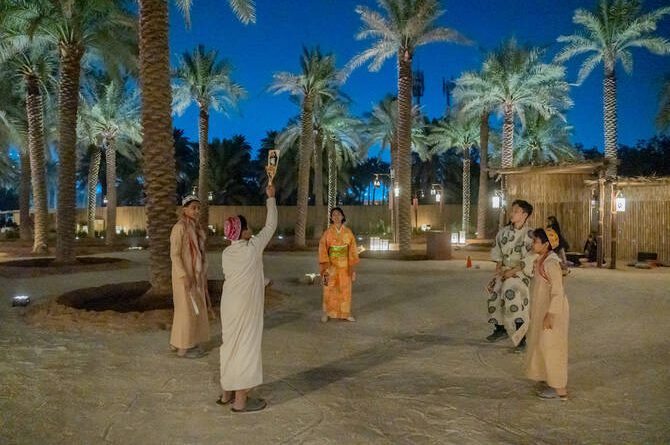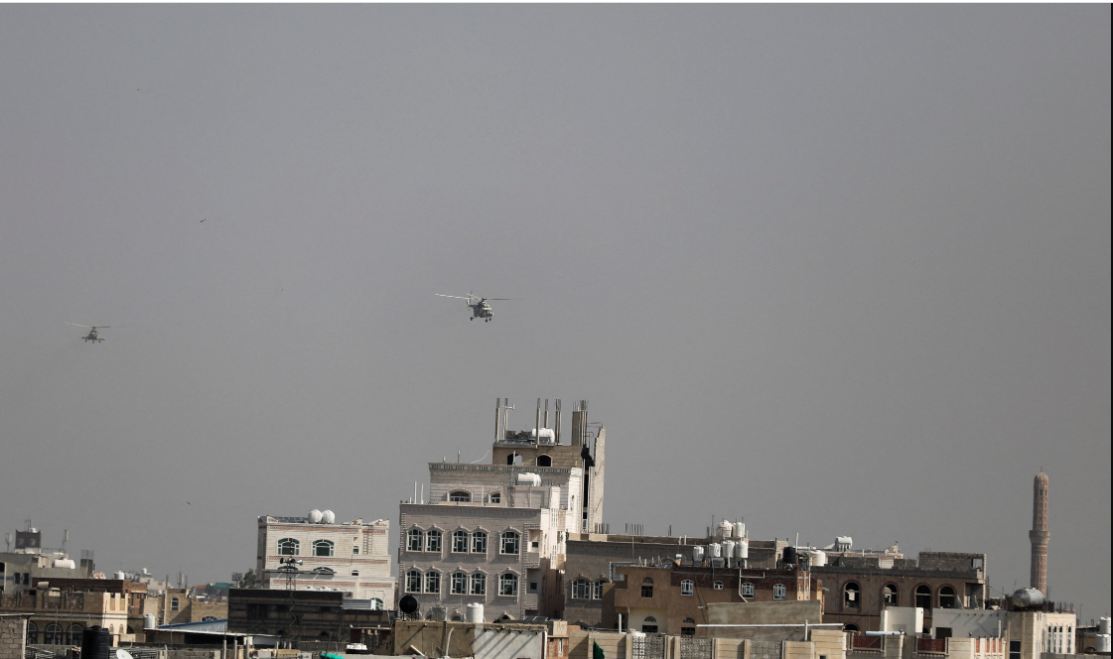Souq Al-Mawsim Highlights Cultural Exchange Between Saudi Arabia and Japan
Riyadh – Souq Al-Mawsim has returned this year at Al-Tawalie, one of Diriyah’s historic and natural landmarks, bringing back the atmosphere of traditional markets that once played a central role in community life.
The event recreates scenes of lively trade, cultural expression and artistic displays that reflect the region’s long-standing heritage.
This edition carries additional significance as it honors Japan and the cultural legacy of Kyoto, marking the 70th anniversary of diplomatic relations between Saudi Arabia and Japan.
Organizers said the event aims to strengthen cultural understanding while showcasing traditions from both nations.
Earlier in the month, Riyadh hosted a ceremony commemorating the diplomatic milestone, where officials noted the resilience of bilateral ties.
They highlighted that cooperation between the two countries continues to support stability and shared development goals at regional and global levels.
Souq Al-Mawsim forms part of the broader Diriyah Season calendar, drawing visitors for its combination of food, performances and handcrafted goods.
The festival is running from Nov. 9 to Dec. 8 and offers daily programs featuring Saudi and Japanese elements side by side.
Visitors have described the event as an engaging experience that blends art, history and cross-cultural interaction. Many noted that the fusion of both cultures created a distinctive atmosphere that appealed to families, tourists and heritage enthusiasts.
Event organizers designed the souq using creative elements that integrate symbols, materials and motifs from both Saudi and Japanese traditions.
They said the intention was to provide a sensory journey that allows visitors to connect with the artistic spirit of the two cultures.
The site includes 20 shops offering handmade goods, local specialties and traditional clothing representing various regions. Fifteen restaurants operate throughout the souq, serving dishes inspired by Japanese and Saudi culinary traditions, alongside snacks and seasonal meals.
Dedicated areas demonstrate traditional Saudi cooking methods, allowing visitors to observe local dishes prepared using time-honored techniques.
Other areas present musical performances and artistic showcases that reflect Diriyah’s cultural identity.
The festival also offers interactive opportunities for creative exchange between Saudi and Japanese artists.
Booths throughout the venue allow painters, calligraphers, sculptors and craftspeople to present and discuss their work with visitors.
One of the cultural activities drawing attention is the display of the Japanese “hagoita,” a decorated wooden paddle used in hanetsuki, a traditional New Year’s game.
Participants can learn the basics of the game and observe how the paddle has evolved from a recreational tool into a decorative art piece.
Japanese players at the festival explained that the game resembles simplified badminton or tennis, involving a shuttlecock batted between players.
Although less commonly played today, the hagoita remains a valued New Year’s symbol in Japan, often featuring elaborate artwork.
In addition to cultural activities, the festival highlights the Al-Tawalie area’s historical significance.
The region once served as an important meeting point for trade caravans that traveled across the Arabian Peninsula during the First Saudi State.
Traders historically visited the area from distant regions, turning it into a hub for commercial and cultural exchange.
This heritage is now revived through Souq Al-Mawsim, which aims to reconnect modern audiences with the spirit of traditional markets.
Diriyah Season organizers said the festival’s purpose extends beyond entertainment, emphasizing preservation of local heritage and support for creative industries.
They aim to showcase the diversity of Saudi traditions while promoting international cultural dialogue.
The event’s mixture of handicrafts, performances, workshops and exhibitions continues to attract visitors of all ages.
Its setting at a historic location further strengthens its role as a cultural bridge linking the past with the present.
Souq Al-Mawsim’s focus on collaborative art, food, and heritage underscores efforts to expand cultural tourism in the region.
Organizers expect steady attendance throughout the season as more visitors arrive to explore the site’s activities.



